The Conjuring 4: The Last Ritual - A farewell in the wrong hands
Since its debut in 2013, created by master of horror James Wan, the Conjuring film franchise has now reached its conclusion. The main series includes four films, along with six spin-offs. Together, they form the universe fans affectionately call the “Conjuring-verse”.
Watch the trailer for 'The Conjuring 4: The Last Ritual'
The real case behind the new film
The Conjuring 4: The Last Ritual takes its name not only because it is the final entry in the series but also because it was one of the last cases investigated by Ed and Lorraine Warren. The case involved the Smurl family, which took place in the mid-1980s in Pennsylvania and received wide media coverage.
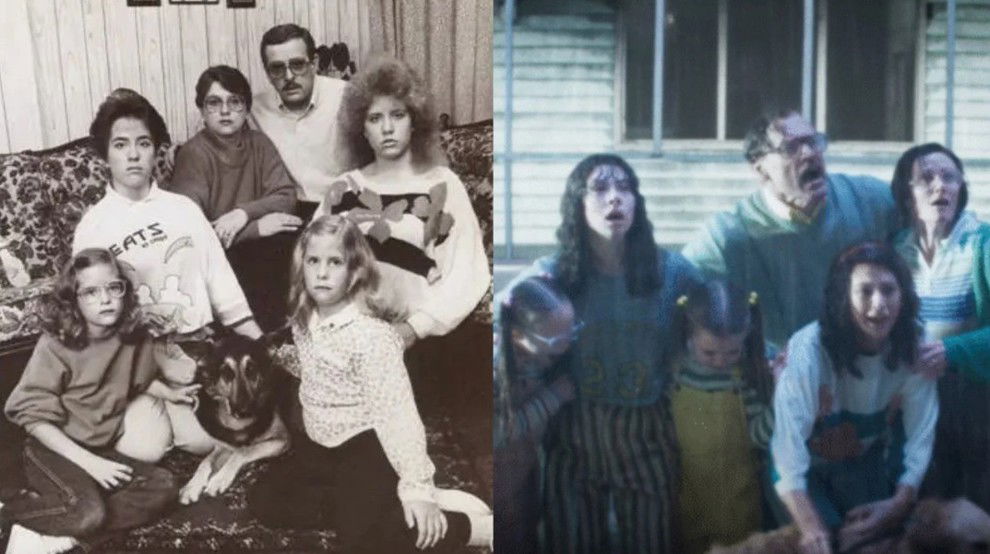
The Smurls moved into a house in Pennsylvania around 1976 and lived peacefully for the first few years. But in 1985, things began to change after a chandelier fell from the ceiling and injured one of the daughters. Soon after, other strange events occurred. They reported supernatural phenomena such as foul odors, moving objects, and violent attacks by unseen forces. As depicted in the film, the family’s dog was thrown against a wall by an entity. The father, Jack Smurl, claimed he was sexually assaulted, though the movie portrays that incident differently.
Desperate, the Smurls brought priests to the house, but the attempts to exorcise it failed. The family then turned to TV programs and newspapers in hopes of finding someone who could help. That is how the Warrens learned about the case. They visited the home and concluded that four spirits were haunting it: an elderly woman, a young girl, a man, and a demon controlling the others. After months of trying, even Ed and Lorraine Warren could not drive them out.
Later in 1986, after the Warrens’ involvement, the Smurls said the situation had improved but that they still heard noises and saw shadows in the house. In 1988, they moved away. The new resident claimed she never experienced anything unusual there. Did the entities leave with the family?
How a director can sink a well-established franchise
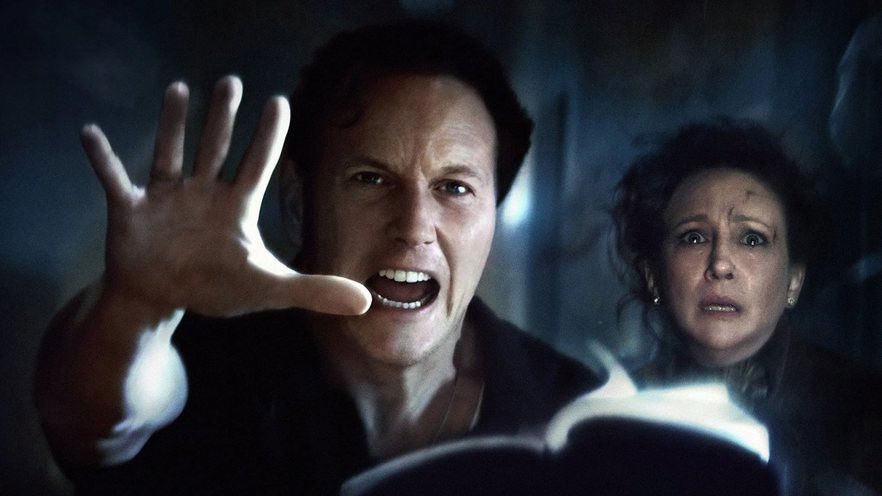
For many fans, expectations for The Conjuring 4 were already low. The previous installment, The Conjuring: The Devil Made Me Do It (2021), had been underwhelming, and the director of that film, Michael Chaves, is also directing this one.
Michael Chaves directed other entries in the Conjuring-verse. In addition to The Conjuring 3, he also helmed The Curse of La Llorona (2019) and The Nun II (2023). Neither was well received by critics or audiences. Although he has worked on several horror projects, that does not necessarily mean he has the right touch. His work often feels generic and forgettable, as if he is simply connected to the right people rather than chosen for his skill.
Take The Curse of La Llorona as an example. The film is set in Los Angeles during the 1970s, where a widowed social worker is raising her two children alone. She begins to notice similarities between a case she is investigating and the supernatural entity known as La Llorona. According to legend, La Llorona drowned her children in a jealous rage and then threw herself into a river, weeping eternally. Now she roams, crying as she hunts other children to replace her own. The only real tie to the Conjuring-verse is Father Perez (Tony Amendola), the same priest from Annabelle and Annabelle: Creation, making La Llorona feel like a loose spin-off of The Conjuring.
Then came The Nun II, produced for two reasons. First, because of the massive popularity of the demonic nun, much like the doll Annabelle, so the studio wanted to cash in on the hype. Second, because of the connection to The Conjuring 2, where Valak first appeared to the Warrens.
In this storyline, Valak possessed Maurice (Jonas Bloquet). Through him, the demon spread its influence and carried out its blasphemies. In the film, this entity is portrayed as constantly seeking Christian relics to gain more power and become invincible. Here, it seeks the Eyes of Saint Lucy, said to grant the gift of clairvoyance. This ability is shared by Irene (Taissa Farmiga) and Lorraine Warren (Vera Farmiga) as descendants of Saint Lucy, which explains the link between the Nun and Lorraine in The Conjuring 2.
The issue is that if you watch all three films, The Curse of La Llorona, The Nun II, and The Conjuring 4, you will notice that despite having promising premises, they are poorly developed. Each one follows almost the same formula: eerie occurrences, jump scares, and then a resolution in just a few minutes, usually delivered by Irene or the Warrens.
In the fourth Conjuring film, the situation is even worse. The Smurls, who should be the main focus just as the Perrons were in The Conjuring (2013) and the Hodgsons in The Conjuring 2 (2016), are pushed into the background and nearly disappear from the story. Screenwriters Ian Goldberg, Richard Naing, and David Leslie Johnson-McGoldrick invent a new backstory for the Warrens to shift the spotlight to Judy (Mia Tomlinson), who in 1986 is a young woman preparing for her wedding. The film ends up splitting into two parallel narratives: the Warrens’ family drama and the Smurls’ haunting.
James Wan is missed for his creativity
Among fans, it is almost unanimous that James Wan’s presence is deeply missed behind the camera. He directed The Conjuring and The Conjuring 2 and had the vision to explore the paranormal cases investigated by the Warrens. They were already somewhat known to the media and supernatural enthusiasts, but they never gained the level of recognition that came with the first film.
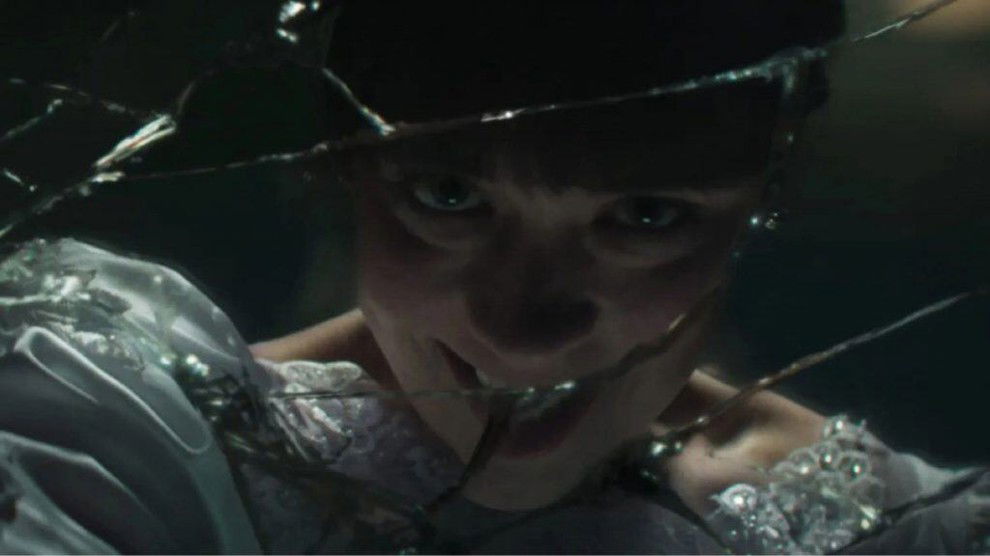
The Conjuring combines documentation and dramatization of a family tormented by a malevolent entity. It is not just a series of jump scares stitched together. Instead of only aiming to frighten, the film draws you into the characters’ struggles as they face the haunting. This is something Michael Chaves has never been able to achieve with the same effectiveness.
James Wan is present here only as an executive producer and even makes a brief cameo at the end of the film. He still believes in the franchise and invests in it, but he also knows when to step away. By The Conjuring: The Devil Made Me Do It, it was already clear that the time had come. Since he did not close the cycle himself, we ended up with a fourth film that concludes in a soap opera-like fashion.
What can be considered a positive aspect of the film
The demonic imagery and allegories used are intriguing, even if underexplored. The film presents the spirit of a woman resembling a witch, a man wielding an axe, and a demonic entity manipulating them like puppets, without ever taking on the traditional Christian depiction of the devil.
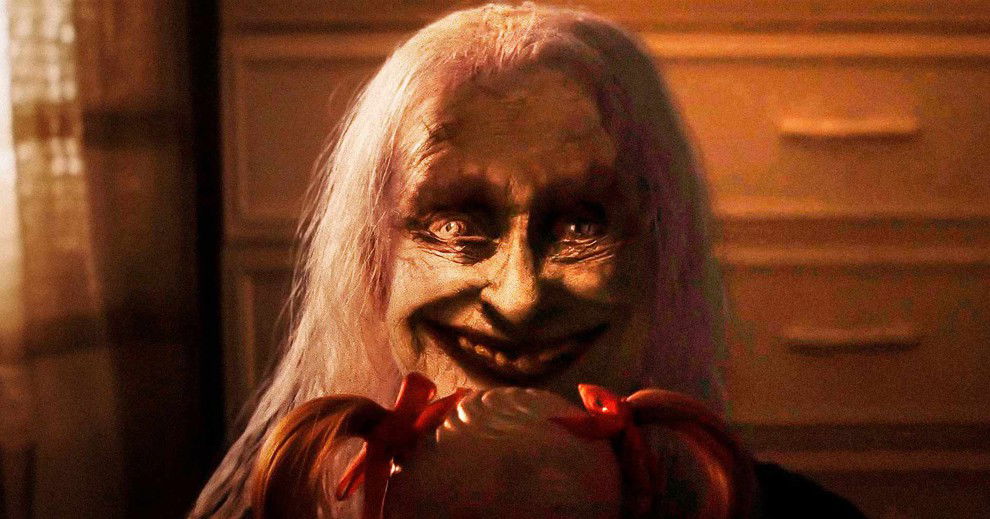
There are some genuinely striking moments, such as the daughter noticing something unsettling in the recording of her first communion, which leads to a chase sequence with the spirit of the man. The scene with the doll crawling while saying “mommy,” the manifestations surrounding the mother in the house, and Judy’s possession are strong highlights.
These scenes show that the script and direction were lacking, because with better decisions, The Conjuring 4 could have been a powerful conclusion.
A farewell to the Warrens in a poorly executed ritual
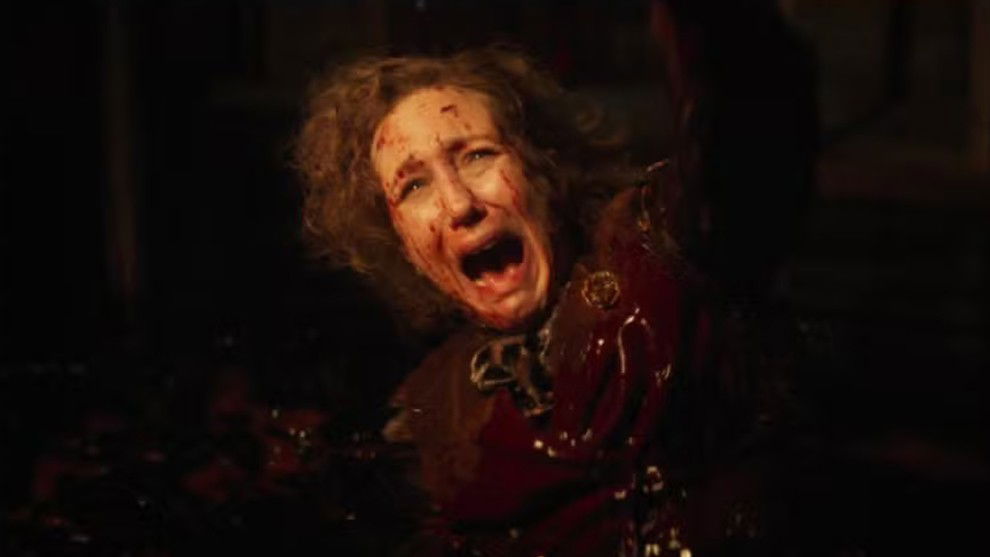
When the franchise should have delivered a worthy ending, it instead wrapped things up with a disorganized story that feels more like a forgotten spin-off than the conclusion of the Warrens’ saga. The horror element fades into the background, the Smurls are nearly erased from the narrative, and what remains is a family drama no one asked for. Fans who watch a Conjuring movie expect the same kind of experience that the first two films delivered.
James Wan knew how to balance tension, suspense, and emotion. Michael Chaves, by contrast, mistakes cheap scares for atmosphere and turns what was once a trademark style into a parade of clichés. The dark cinematography, predictable jump scares, and lack of emotional weight make the film feel like just another generic horror title from a streaming catalog.
In the end, The Conjuring 4 is not only the franchise’s conclusion but also evidence that the “Conjuring-verse” had already lost momentum. The problem is not that it ended, because every saga needs a finale. The problem is that it ended in the wrong hands. Audiences deserved far more than this poorly executed last ritual.








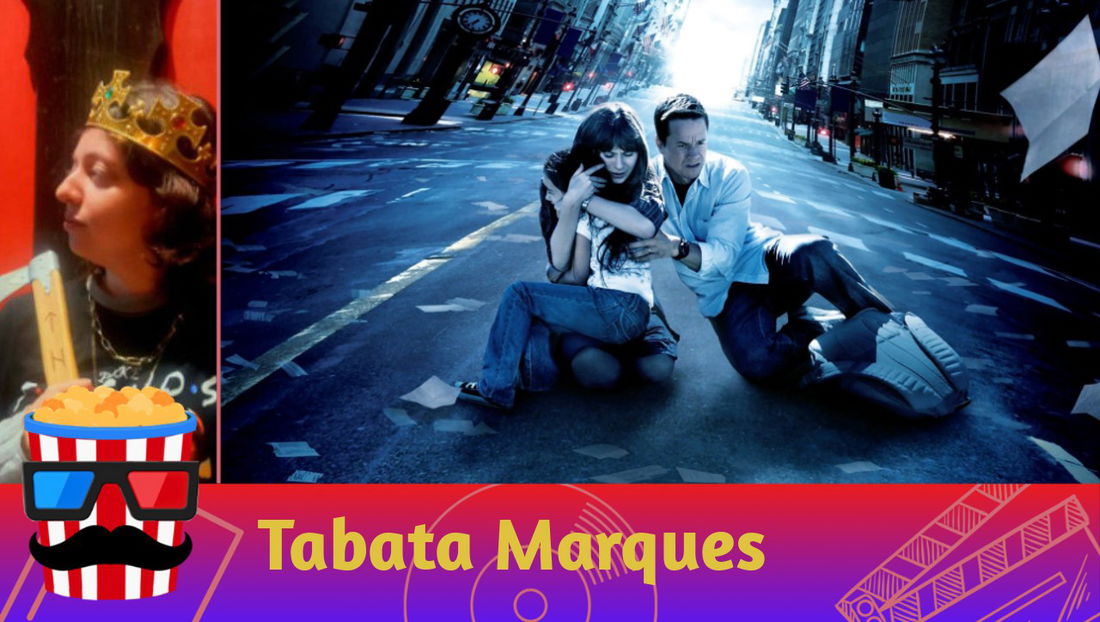



— Comentarios 0
, Reacciones 1
Se el primero en comentar